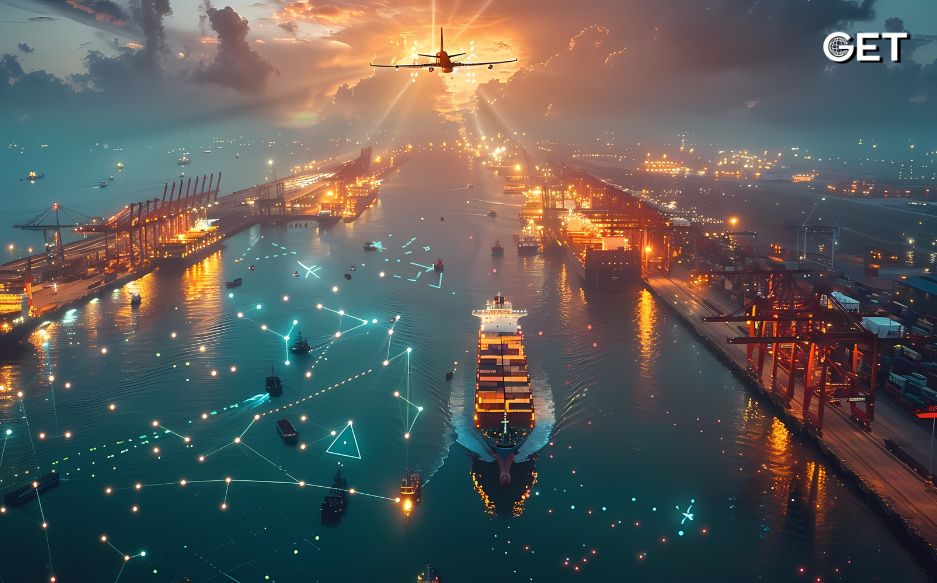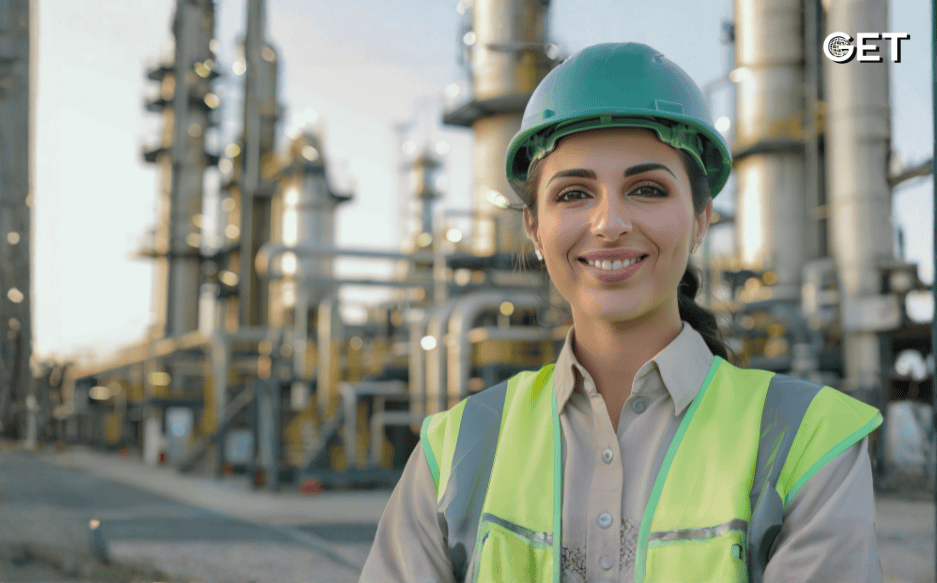
The global economy is intricately tied to the oil and gas sector that fuels transport emission, manufacturing, and daily life. Upstream exploration and production are complex operations. Having a streamlined supply chain system is necessary, to procure resources in time, cut costs, adhere to compliance and be prepared for disruptions.
In this blog, you can find the most pressing issues in upstream oil and gas supply chain management, along with groundbreaking solutions to overcome them successfully.
Main Features of the Supply Chain in Upstream Oil and Gas
A myriad of suppliers, contractors, logistics providers, and specialized service companies underpin this intricate network to comply with environmental and safety regulations.
Problem: Logistics challenges as oil and gas fields tend to be located in remote or offshore areas, requiring extensive land and sea transport facilities. However, traveling to these remote areas to move equipment, workers and materials is not easy given the vast distances and difficult terrain involved.
Solution: Better logistic principles and also supply, consisting of the treatment for economic as well as local logistics modern-day tones such as path optimization software application system along with vendor-managed inventory, can limit transport visits with fewer costs in tiny communities.
2. Costs efficiencies of volatile supply and demand
Problem: The upstream sector remains highly susceptible to price swings from geopolitical/geo-economic events and natural calamities. The uncertainty associated with this circumstance influences investment in exploration and production ventures, as well altering the demand cycle.
Solution: Using sophisticated data analytics gives companies insight into consumer behavior that enables them to forecast demand and alter sourcing plans in preparation. Moreover, flexible contracts and live market scouting allow for quicker turns in demand change, reducing overcapacity and costs.
3. Strict Regulatory and Environmental Standards
Problem: Upstream companies face many environmental and safety regulations that raise operational costs and necessitate regular audits. Not following the rules can result in hefty fines and production stoppages.
Solution: Using IoT sensors and remote monitoring tools can help companies keep track of compliance in real-time. Digital solutions can streamline documentation processes, reducing the chances of mistakes and delays.
4. Managing Suppliers and Equipment
Problem: Getting specialized equipment and spare parts for drilling can be difficult; delays here can lead to costly production halts. Plus, overseeing a large network of suppliers complicates quality and contract management.
Solution: Building strong relationships with suppliers through performance-based contracts can enhance delivery reliability. Collaborating with trusted suppliers ensures timely access to essential equipment, and digital supply chain tools can simplify vendor management.
5. Technology Integration and Data Visibility
Problem: As the upstream sector becomes more digital, managing the massive amounts of data across different systems can be difficult. A lack of visibility can slow down real-time decision-making.
Solution: Embracing digital tools like IoT, AI, and data analytics helps upstream companies gain immediate visibility and proactively manage assets. These technologies support better decision-making and reduce downtime through predictive maintenance.
Also Read- Explore GET’s Top Services: Essential Solutions and Key Highlights
Digital tools, like IoT-enabled sensors, allow for real–time asset monitoring, which helps with predictive maintenance and reduces unexpected failures. By improving inventory management, these tools ensure that spare parts and equipment are readily available, keeping operations running smoothly.
Strengthening ties with suppliers through performance-based contracts fosters quality and flexibility. Reliable suppliers can provide materials promptly, reducing the risks of delays in hard-to-access locations.
Cutting-edge analytics help upstream companies predict demand patterns better, optimize procurement, and improve supply chain efficiency. Data-driven insights enhance demand forecasting, which helps keep inventory levels and costs low.
A strong supply chain needs solid risk management, which includes diversifying suppliers and implementing flexible contracts. Having contingency plans like alternative supply routes and emergency suppliers ensures continuity during disruptions from natural disasters or political issues.
Environmental, Social, and Governance (ESG) initiatives are becoming increasingly important, as upstream companies look to integrate sustainability into their supply chain strategies. This involves monitoring emissions, encouraging vendor diversity, and investing in renewable technologies to comply with changing environmental standards.
The upstream oil and gas supply chain is complicated, with challenges ranging from remote logistics issues to unexpected demand shifts in a heavily regulated environment. However, with the help of digital transformation, strong partnerships, and effective risk management companies, one can reshape their supply chains. This can lead to better operational efficiency and allow them to navigate the complexities of their supply chains, ensuring a more stable and sustainable future.

By Get global | January 2, 2026

By Get global | December 23, 2025
Introduction to the Oil and Gas Industry When individuals think of the “oil and gas industry,” the most common associations would probably be drilling rigs, offshore platforms, or harsh working conditions. And to some extent, these are indeed the case. But in the end, the industry is still much larger […]

By Get global | December 17, 2025
As the oil and gas industry moves toward 2026, the pressure is no longer coming from one direction. Markets remain volatile. Regulations are tightening. Digital expectations are rising. At the same time, demand for reliable energy has not disappeared. What has changed is how companies respond to this complexity. Many […]

By Get global | December 11, 2025

By Get global | December 5, 2025
Turkey’s ambitions in the energy sector have taken a significant step forward as Turkish Petroleum (TPAO) ramps up drilling at its latest Black Sea discovery. The find is considered one of the most promising additions to the region’s portfolio, reshaping the conversation around Turkish gas exploration, self-sufficiency, and the future […]